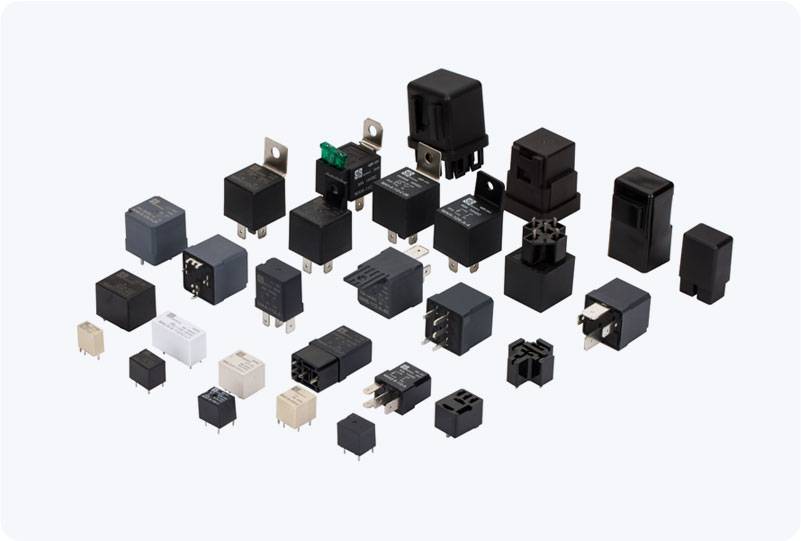Low Voltage DC Relays are essential components in modern electrical systems, offering a reliable means to control circuits with low-voltage direct current (DC) signals. These devices, commonly used in industries such as automotive, telecommunications, and renewable energy, function as electrically operated switches that can either open or close a circuit based on the input signal. This article explores the working principles, applications, benefits, and challenges of Low Voltage DC Relays, shedding light on why they are indispensable in many systems today.

Working Principle of Low Voltage DC Relays A Low Voltage DC Relay operates by using an electromagnetic coil to generate a magnetic field when current flows through it. This magnetic field attracts a movable armature, which in turn activates or deactivates one or more switch contacts. These contacts, either normally open (NO) or normally closed (NC), control the flow of current in the main circuit. The relay allows a small DC voltage to control the switching of higher current circuits without direct electrical contact, offering isolation between the control and load circuits. Typically, the voltage required to activate the relay is much lower than the voltage controlled by it. This makes Low Voltage DC Relays ideal for situations where small control voltages (such as 12V or 24V) need to switch larger currents, often in the range of a few amps.